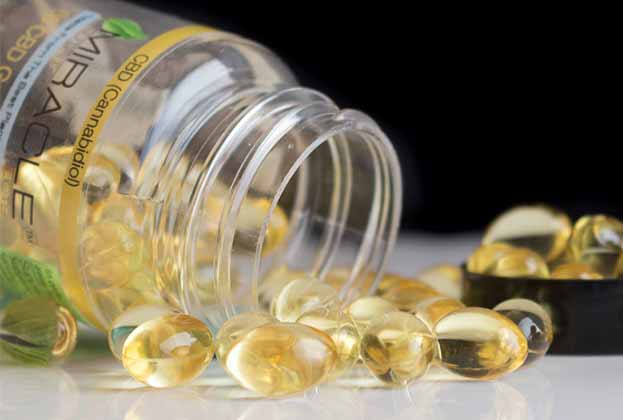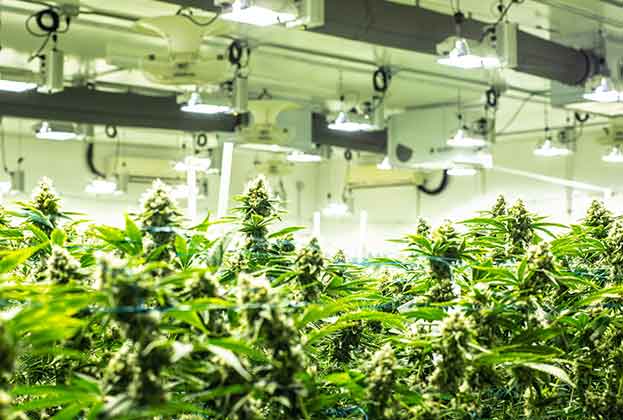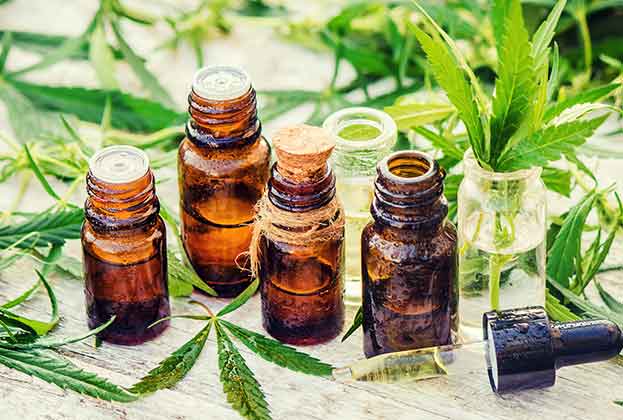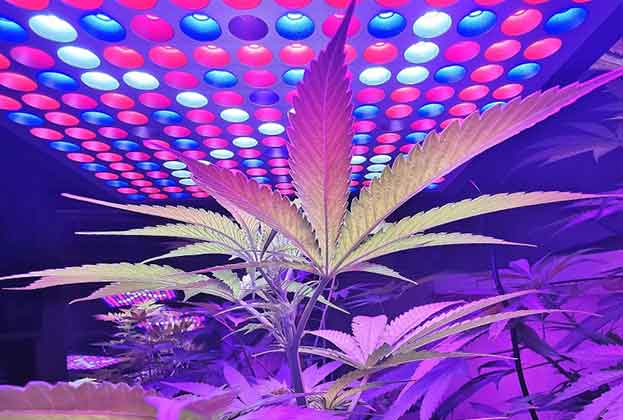Hemp is a versatile crop and will grow in a variety of conditions
Planting for fibre alone normally begins in April or May before mowing in August. The crop then needs to be left in the field to dry, bleach and partially 'ret', which can take anywhere between two to six weeks, before it can be baled. Retting is the partial decomposition of the plant and necessary to allow processors to separate the fibres from the core. Harvest is delayed if growing dual hemp for both seeds and fibre to allow the crop to mature. Seed moisture content will indicate when the crop should be harvested and timings will vary with species. When ready, the top of the crop is combined for seed with the remainder left for fibre.
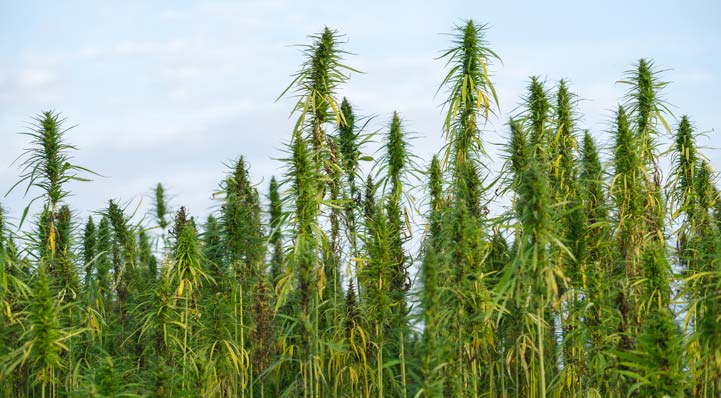
With the optimal site, yields of hemp fibre can reach 7.5 tonnes per hectare with a value of around £160 per tonne. If pursuing dual hemp, fibre yields will fall to five to six tonnes but with one tonne of seeds worth around £500 (before processing) waiting is worthwhile. This dual hemp approach improves margins and could be increased further with investment in on-site processing and direct selling.
Once grown, hemp fibres can be used to create products ranging from paper and building materials to bioplastics and livestock bedding
Savills Rural Research
Hemp is an exceptionally versatile crop and will grow in a variety of conditions. It performs best when grown in well-aerated, loamy soils rich in organic matter and with a pH between 6 and 7.5 are ideal. Warm temperatures and sun will promote growth. Around 600mm of average rainfall is also needed, particularly before flowering where irrigation may be required. There are some restrictions, with the Home Office recommending sites away from schools or public rights of way.
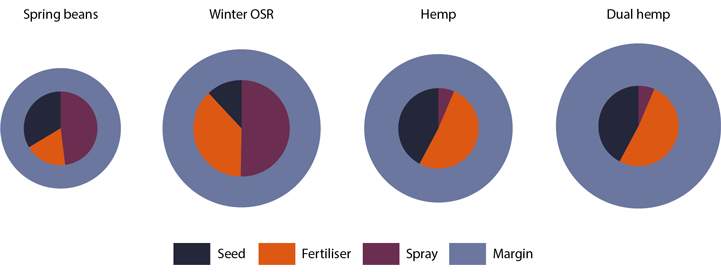
Source: Nix Handbook
Read the articles within Spotlight: Hemp cultivation in the UK below.
.jpg)
